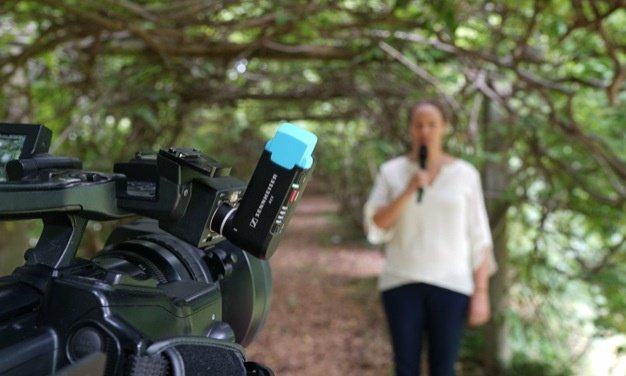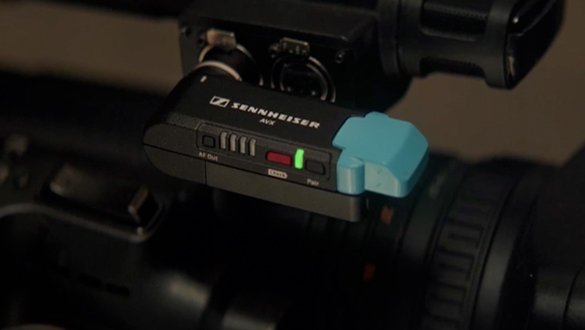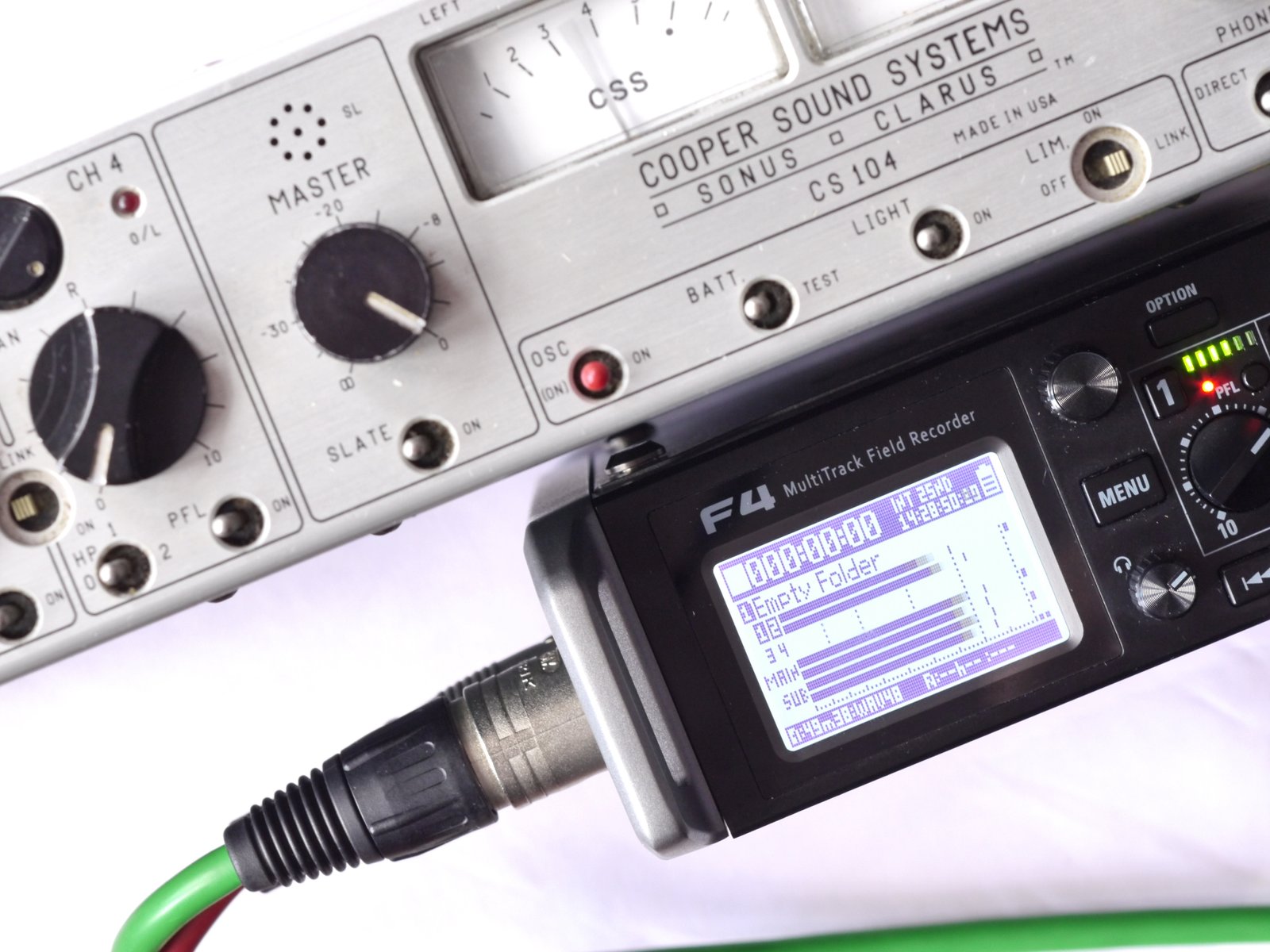Unboxing the new Sennheiser AVX Digital Wireless Mic Set.
I’m not sure exactly what the attraction of the “unboxing video” is but YouTube is full of them. Some nerdy guy unwrapping the latest hi tech toy and fondling it is all the rage. Well I’m pretty nerdy so let’s go. Even before you unbox the AVX you can’t fail to notice two things. First the petite packaging, and secondly the symmetrical positioning of the word “Video” in the same font and size as AVX the product name. The AVX system is aimed firmly at the video market where Sennheiser’s analogue G3 systems have long been big players. Sennheiser’s website has this to say about the two systems.
AVX has a different target group compared to ewG3. G3 offers more options and flexibility for the professional user with audio and RF background, AVX is for the self-contained videographer who needs to focus on capturing a story.
So if you are self contained and working in video and focused on capturing a story – what might attract you to the AVX? Well first, brand and build. Sennheiser are the biggest name in wireless for a reason and the build quality of the AVX (I had the handheld kit) is excellent. The transmitter features a standard e835 cardioid capsule (replaceable) in the same, externally at least, package as the recently released Sennheiser D1 system. And like the D1 there’s a smallish LCD screen that I find a little hard to read, showing system name, battery life in hours and signal strength. There’s a power switch with led that doubles as pairing indicator and a pair button. Pairing is key to the AVX, you don’t worry about frequencies, all you do is press the pair button on the tx and the rx and and let the system do the rest. Nice and easy. Remember the link pairing is strictly a one to one relationship.
The real joy though is the receiver, a well finished metal box with a smaller footprint than a credit card, designed to fit a camera. Jutting out at right angles is an xlr and the body of the receiver is rotatable through almost 360 degrees to accommodate local obstructions. Basically the receiver is small enough to be directly plugged into most cameras and you also get an xlr to mini jack lead if your camera doesn’t have an xlr input. The receiver has a plastic slip on lion battery pack which is rechargeable via a standard micro usb connector. Press the power button while the receiver is powered up and the four leds will glow green with the number lit indicating battery status. My receiver recharged in a couple of hours from a PC usb port. Pressing the AF output button gives you access to four audio output levels in ten dB steps, the selected step being visible across the four leds, now red for audio level setting. At full whack I needed to give the AVX receiver about of ten dB of gain at the line input of a Nagra LB.
The hand held also has a rechargeable battery pack (interchangeable with the D1) and this also features a micro usb charging port, though you have to remove the pack to gain access to the socket. Fully charged the hand held will run over ten hours while Sennheiser claim over five for the receiver. The sharp eyed will have clocked that this means you won’t get a full filming day out of the receiver but remember you are not limited to fixed internal battery packs as you are in some systems and changing the one in the receiver is a snap. Plus because the charging connector is externally accessible so you can recharge the battery without removing it or indeed power your receiver externally, for instance from a portable battery pack designed for phones or media players. If you have the lavalier system (which I didn’t have to test) the transmitter battery pack can be charged in use or powered by an external micro usb equipped battery pack. One extra power trick, the receiver can be switched on and off via phantom power. Plug the AVX into a mic input and when it senses the application of 48v phantom it will power up and if you switch the phantom off the AVX will also switch off.

What about range? Well in the real world testing I did the AVX had better range than theD1 – remember the AVX works at 1.9 GHz so will be less directional than the D1 operating at 2.4 GHz. As you get close to your range limit, these systems suffer noticably if you put your body between the transmitter and the receiver, remember the wave length is a few inches at these frequencies so diffraction isn’t going to help much. The RF performance of my Micron Explorer kit (lavalier) was better and Sennheiser recommend their own analogue G3 kit for more professional applications but you should get 30m outside from the AVX. The AVX units offer antenna diversity and both devices ‘talk’ to each other exchanging the information required to establish and maintain the radio link. Like most radio systems the AVX has some dynamic processing going on, in the situations I used it I never found it intrusive.
For the target application in simple video shoots the range shouldn’t be a problem and as a bonus the 1.9 GHz band is much quieter than 2.4 GHz (only DECT phones to contend with) and is usable across the world. So what is the downside? Well the niggly problem might be latency. The AVX has a fixed codec related latency of 19mS which is considerably longer than the 4mS figure for the D1. This means you won’t want to mix AVXs systems with analogue systems or even D1s for any job where you are mixing the audio (unless you have delay compensation on your mixer!). You might get away with multitrack iso recording, accommodating the delay in the dub. The good news is that the delay is fixed and therefore one fixed adjustment at the start of the edit will ensure synchronicity.
For a foolproof radio mic kit for video the AVX is hard to beat. In fact I’d say two or three of these in a kit would cover a lot of simple doc work for someone starting out and at a price well below most professional systems. The portability is truly amazing and the plug playness of both the RF link and the receiver hardware make it a joy to use. The powering options are really flexible and I wonder if not a few pros will get on the AVX bandwagon as a camera hop and back up radio system. Another hit for Sennheiser.
